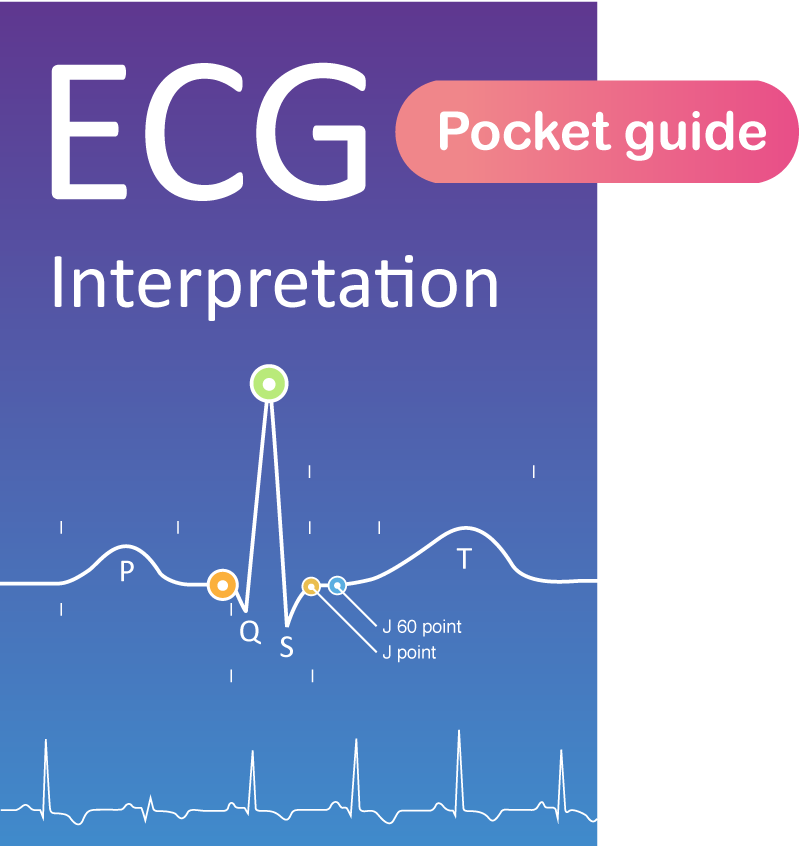Diastolic function and echocardiographic assessment
The importance of systolic function can be understood on an intuitive basis. Consider the fact that the left ventricle contracts and ejects blood into the aorta roughly 100,000 times daily, each time overcoming the aortic resistance, which is typically 110 mmHg or more. It is straightforward to understand why systolic function is fundamental to global cardiac function. Systole is a complicated process involving three distinct ventricular contractions, namely longitudinal, radial and circumferential contraction (refer to Myocardial Mechanics and Figure 1).
Diastole starts immediately after systole. The entire ventricular myocardium must relax rapidly during diastole, such that the ventricle can expand (relax) and refill with blood. Although diastole may appear as a simple and passive process, it is actually a complicated and fundamental aspect of ventricular function. Impaired diastolic function (i.e diastolic dysfunction) may lead to diastolic heart failure (i.e heart failure with preserved ejection fraction, HFPEF). Diastolic heart failure is presumably at least as common as systolic heart failure (heart failure with reduced ejection fraction, HFREF). Diastolic heart failure is particularly common among people with diabetes, hypertension, overweight/obesity, and the elderly (Pieske et al).

Physiology and phases of diastole
Diastole is divided into the following four phases (Table 1):
| TABLE 1 | |
| PHASE | EVENT |
| IVRT (Isovolumetric Relaxation Time) | No ventricular filling |
| Rapid filling (rapid passive filling) | Passive emptying of the left atrium |
| Diastasis | No ventricular filling |
| Atrial contraction | Active emptying (contraction) of the left atrium |
Figure 2, a modified Wiggers diagram, provides a comprehensive view of the phases and events during the cardiac cycle. As illustrated in Figure 2, diastole begins when the aortic valve closes and it ends when the mitral valve closes. Systole occurs between mitral valve closure and aortic valve closure. On ECG, the R-wave apex coincides with the onset of systole, and diastole starts at the end of the T wave.

When the aortic valve closes, the left ventricular myocardium begins to relax and ventricular pressure drops rapidly (Figure 2). The initial relaxation is isovolumetric, meaning that relaxation occurs without changes in ventricular volume. This isovolumetric relaxation lasts for approximately 80 milliseconds and ends when the mitral valve opens. The time interval between aortic valve closure and mitral valve opening is the isovolumetric relaxation time (IVRT). The ability of the myocardium to relax during IVRT is governed by left ventricular compliance. The greater the compliance, the better the ability to relax and stretch out during diastole.
During IVRT the pressure in the left ventricle decreases and when it is lower than left atrial pressure, the mitral valve opens, which results in blood flowing into the left ventricle. The low ventricular pressure causes blood to be drawn into the ventricle. This defines the second phase of diastole–the rapid filling–which can be studied using pulsed Doppler. The sample volume (in apical view) is placed at the tips of the mitral valve leaflets (Figure 2, top right). The rapid blood flow from the left atrium to the left ventricle results in a positive wave called the E wave.
As blood flows into the left ventricle, the pressure gradient between the left atrium and the ventricle diminishes, and the passive filling subsides. The greater the ventricular compliance, the larger the volume of blood that flows from the atrium to the ventricle during this phase. If the ventricle has poor compliance, then the passive filling will cease faster, which is explained by a faster equalization of the pressure gradient. When ventricular and atrial pressure has equalized passive flow ceases. This marks the beginning of the diastasis (Figure 2). Diastasis ends when the left atrium starts to contract, which defines the fourth and final phase of diastole. Atrial contraction contributes to the final emptying of the atrium. This gives rise to an A wave on the spectral (Doppler) curve.
In healthy young individuals, the volume of blood transported during the rapid filling phase (E wave) is greater than the volume transported during atrial contraction (A wave). With age, however, the A wave becomes larger, which is explained by the fact that ventricular compliance diminishes and atrial contraction becomes increasingly important for atrial emptying.
When the atrial contraction is completed, atrial myocardium begins to relax and atrial pressure drops. The mitral valve closes when the atrial pressure is below the ventricular pressure.
Thus, diastole includes two phases when there is no filling (IVRT and diastasis) and two phases with filling (rapid filling and atrial contraction). Rapid filling is a passive process, propelled by the pressure gradient between the atrium and the ventricle. The final emptying of the atrium is achieved by active atrial contraction.
